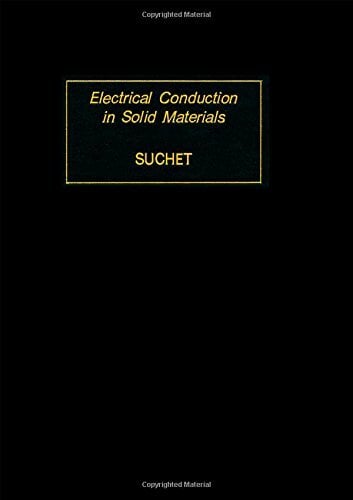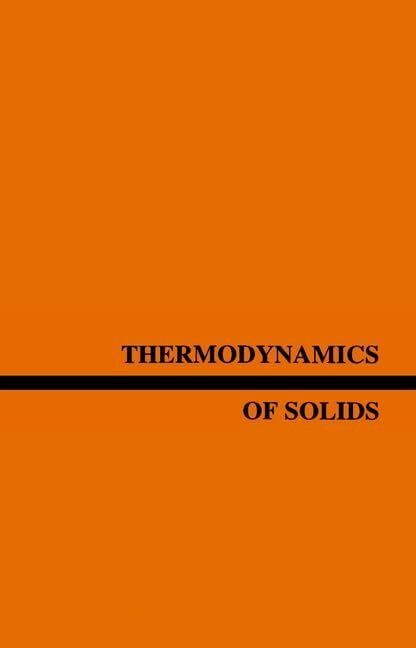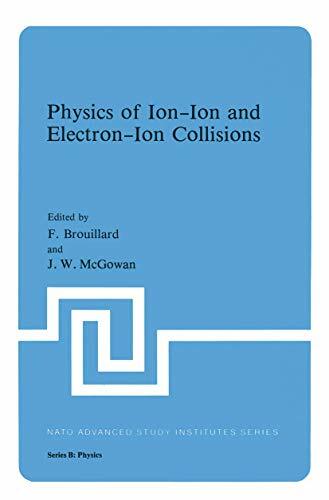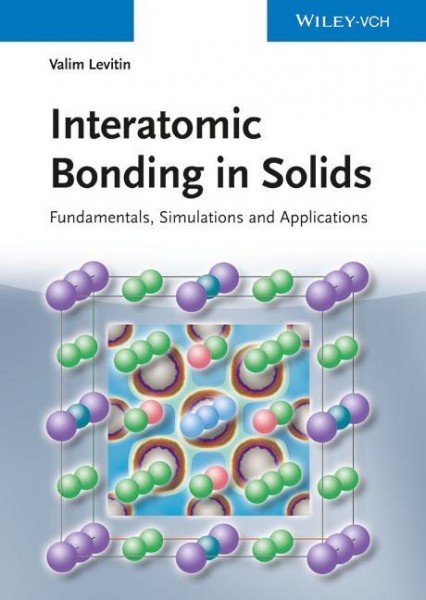
Interatomic Bonding in Solids
Kurzinformation
inkl. MwSt. Versandinformationen
Artikel zZt. nicht lieferbar
Artikel zZt. nicht lieferbar

Beschreibung
The connection between the quantum behavior of the structure elements of a substance and the parameters that determine the macroscopic behavior of materials has a major influence on the properties exhibited by different solids. Although quantum engineering and theory should complement each other, this is not always the case. This book aims to demonstrate how the properties of materials can be derived and predicted from the features of their structural elements, generally electrons. In a sense, electronic structure forms the glue holding solids together and it is central to determining structural, mechanical, chemical, electrical, magnetic, and vibrational properties. The main part of the book is devoted to an overview of the fundamentals of density functional theory and its applications to computational solid-state physics and chemistry. The author shows the technique for construction of models and the computer simulation methods in detail. He considers fundamentals of physical and chemical interatomic bonding in solids and analyzes the predicted theoretical outcome in comparison with experimental data. He applies first-principle simulation methods to predict the properties of transition metals, semiconductors, oxides, solid solutions, and molecular and ionic crystals. Uniquely, he presents novel theories of creep and fatigue that help to anticipate, and prevent, possibly fatal material failures. As a result, readers gain the knowledge and tools to simulate material properties and design materials with desired characteristics. Due to the interdisciplinary nature of the book, it is suitable for a variety of markets from students to engineers and researchers.
Produktdetails

So garantieren wir Dir zu jeder Zeit Premiumqualität.
Über den Autor
Valim Levitin is a Professor and the Head of an internationally renowned research group at the National Technical University in Ukraine. His research focuses on studying nature of interatomic bonding, atom vibrations in solids, computer simulation of para

- Hardcover
- 352 Seiten
- Erschienen 2012
- Oxford University Press

- hardcover
- 528 Seiten
- Erschienen 1988
- John Wiley and Sons (WIE)

- hardcover
- 714 Seiten
- Erschienen 2000
- Academic Press

- hardcover
- 208 Seiten
- Erschienen 1991
- Basic Books
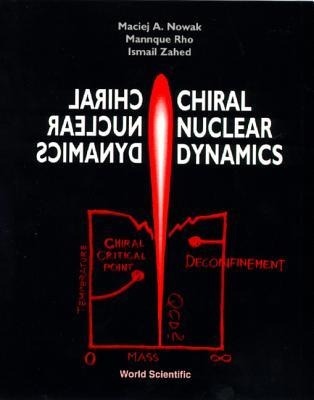
- Hardcover
- 552 Seiten
- Erschienen 1996
- WORLD SCIENTIFIC PUB CO INC
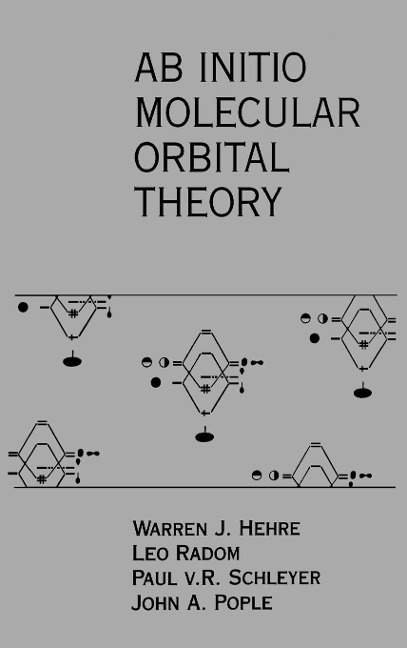
- Hardcover
- 576 Seiten
- Erschienen 1986
- Wiley-Interscience

- Hardcover
- 544 Seiten
- Erschienen 2002
- Springer

- Gebunden
- 195 Seiten
- Erschienen 2013
- Wiley-VCH

- hardcover
- 516 Seiten
- Erschienen 1982
- Springer

- Hardcover
- 616 Seiten
- Erschienen 1991
- De Gruyter Oldenbourg

- Hardcover
- 288 Seiten
- Erschienen 1994
- Vieweg

- hardcover
- 488 Seiten
- S. Hirzel Verlag GmbH

- Hardcover
- 336 Seiten
- Erschienen 2022
- Wiley-ISTE

- Taschenbuch
- 472 Seiten
- Erschienen 2003
- Cambridge University Press





 bestellen
bestellen





